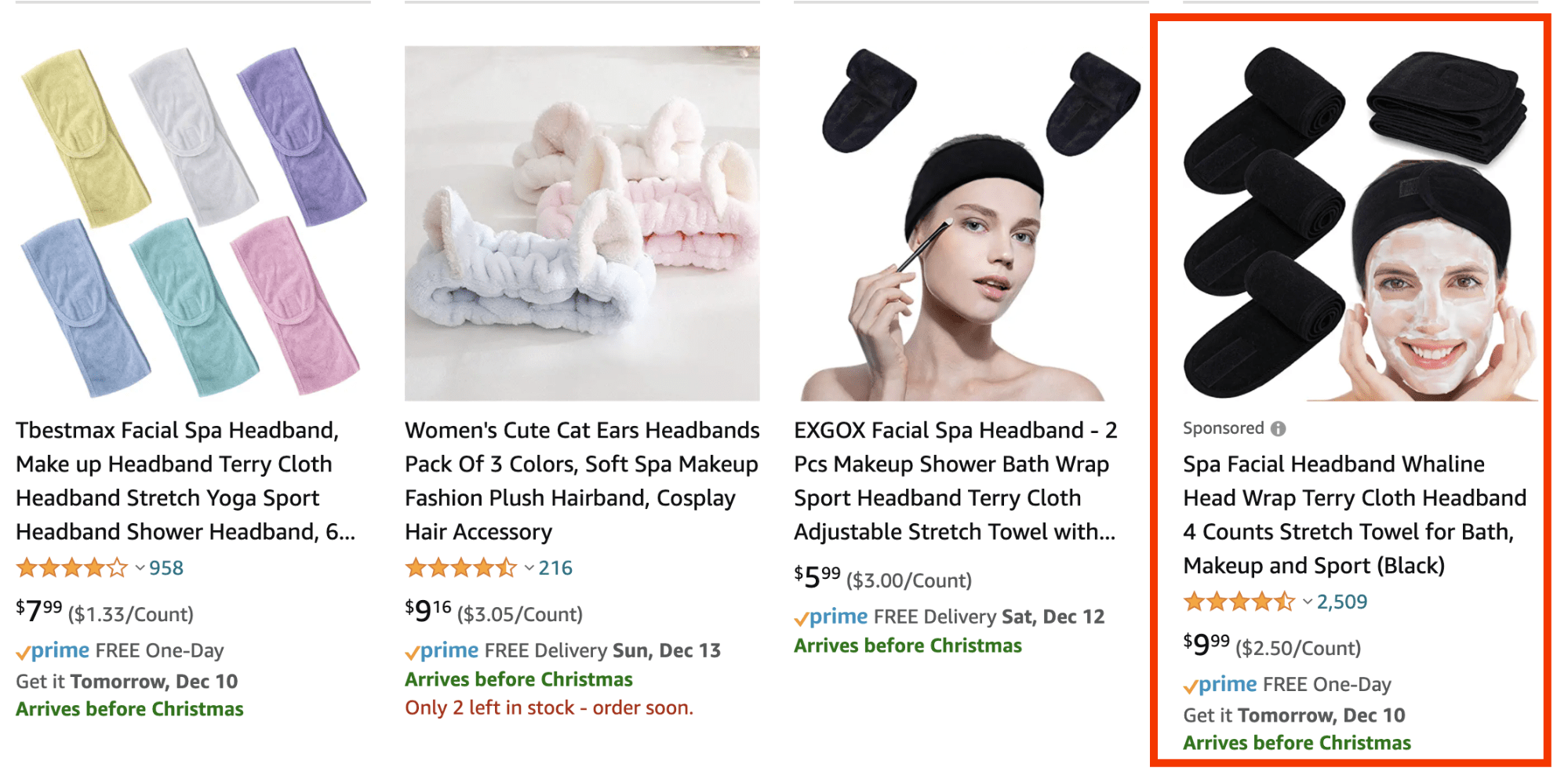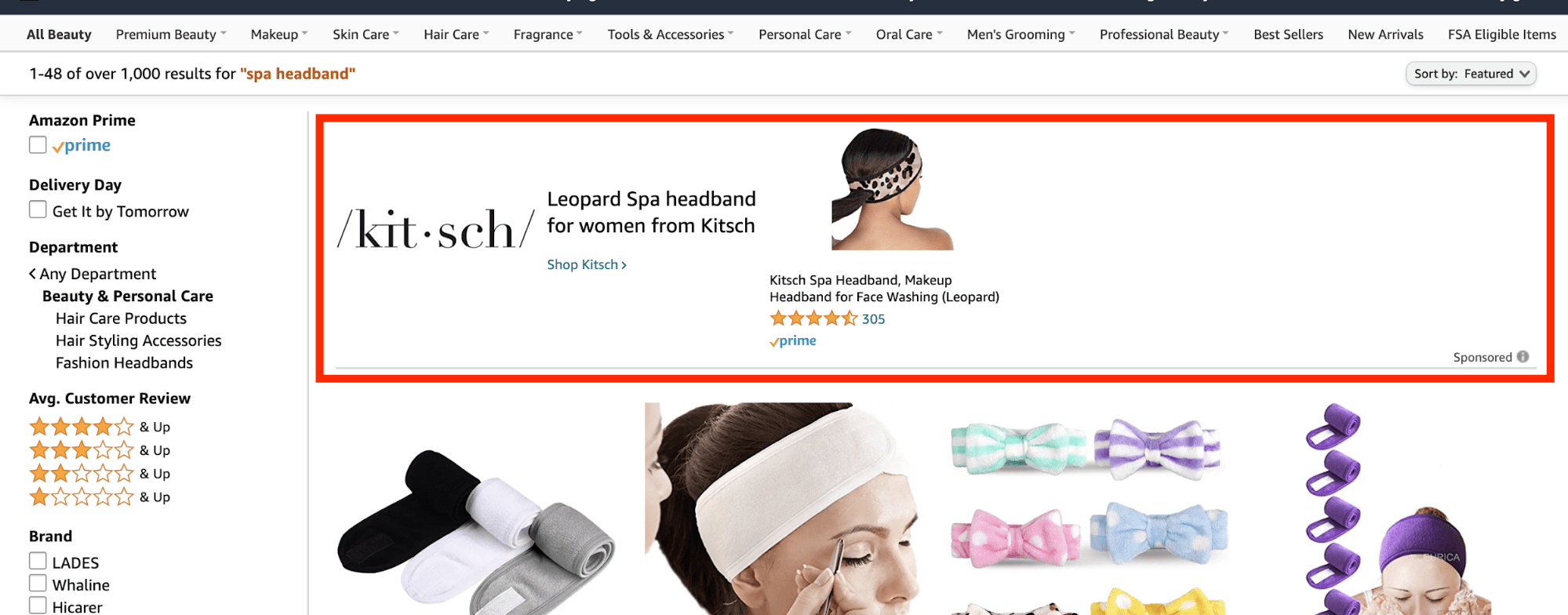Selling on Amazon is an essential part of today’s omnichannel ecommerce ecosystem. The wisest retailers are utilizing the immense power of Amazon to their advantage to increase their overall online presence and sales.
One of the best ways for merchants to increase their sales on Amazon is to leverage the company’s marketing services.
Amazon Marketing Services (AMS) is Amazon’s version of Google Ads (formally AdWords) – a pay-per-click (PPC) platform through which sellers can get their products in front of shoppers based on products, keywords, and customer interests.
Retailers who have been working with Google PPC for a while will have a relatively solid foundation to start out with Amazon Marketing Services. But for those who haven’t been as immersed in pay-per-click, figuring out where to begin can be a bit perplexing.
What type of ads should you be running? How do you set up your account? Should you employ manual or automatic campaigns? What are the best practices for advertising on Amazon? Without any foundation, it can be a bit overwhelming.
If your eCommerce brand is ready to begin advertising on Amazon but needs some help, look no further. Here is how you can get started with Amazon Marketing Services.
Accessing Amazon Marketing Services
First, to access AMS, you’ll need one of the following credentials:
- A Vendor Central login
- An Advantage Central login
- A Vendor Express login
- An invitation to represent a vendor
- A Kindle Direct Publishing account
For most, obtaining a Vendor Express account is the easiest way to access this service. With a Vendor Express account, manufacturers sell their products to Amazon directly and Amazon then sells it to consumers.
Once you meet one of the above criteria, you can log into the platform and start working with ads.
Getting Started with Amazon Marketing Services
To start building your ad campaign, sign in to your account, head to the “Advertising” option on the navigation page and click on “Create your first ad.”
But, before getting into the nitty-gritty, you should first learn about the different ad types that Amazon offers as each one has different advantages, requirements, and parameters.
Product Display Ads
With Product Display ads, advertisers can choose to target buyers based on products or interests. These ads will appear on related pages to the option chosen.
Merchants will then select a product to promote, include a budget, make bids, and then upload a logo and ad headline. These appear below the “Add to Cart” button on product pages and aim to persuade consumers into buying your product instead of the one they are viewing.
Because of the ad’s placement, these too have a minimum daily budget of $100.
This should inform much of your advertising decisions. From here, it is wise to explore AMS best practices.
Sponsored Product Ads
With Sponsored Product ads, merchants choose a product to advertise, set a daily budget and elect which keywords to use to effectively reach their target audience. The main goal of this ad type is to drive sales.
With keywords, retailers aren’t left wholly to their own devices as Amazon will provide a list of popular and relevant keywords shoppers use. This ready-to-go keyword research can be quite helpful for first-timers.
Sponsored Product ads will appear within Amazon’s search results on the right or bottom of the page. They can also appear on product detail pages.

These require a minimum daily budget of $1 – a clear advantage for store owners operating on shoestring budgets.
Headline Search Ads
These adverts are like Sponsored Product ads as they too are keyword-driven; however, these will appear at the top of a results page and require a minimum daily budget of $100. In addition to the more prominent placement, these ads are larger than the aforementioned ad type; hence, the price increase.
With this ad set, retailers choose the landing page they wish to promote, set a budget, choose keywords, make their bids, select their image, and craft an ad headline.

Do be aware that Headline Search ads were recently included for third-party merchants using Seller Central, which means that keyword competition is likely higher than the other ad options.
Amazon Marketing Best Practices
After selecting an ad type, merchants should consider the following elements to produce the best campaign possible.
Thorough Research
Before launching a campaign, merchants should conduct deep research related to keywords, phrases, and consumer interests. Furthermore, take the time to identify prime cross-selling opportunities such as selling screen protectors with phone cases.
While Amazon will provide a list of keywords, doing this can help reveal important shopper associations and preeminent terms not listed by Amazon.
Product Prioritization
Carefully select the products that are most important to your brand and your customers. Focusing on products that are popular, in-season or otherwise in demand, is the best strategy for generating the most traffic and sales.
Budget Allocation
After establishing your advertising budget, it should be split up among the AMS ad types as this will help your brand attain the most coverage.
A good starting strategy is to divide your budget as so:
- Sponsored Products: 60 percent
- Headline Search: 30 percent
- Product Display: 10 percent
This way, you can drive a fair number of clicks and see which ads are working best for your brand. This will lead you to the last step:
Optimization
AMS provides merchants with ad data and statistics to analyze performance. To properly optimize your campaigns, it is important to identify:
- Best performing ads for various products
- Highest converting products
- Most popular colors and/or models
- Most beneficial keywords
- Copy that achieves the highest click-through rate (CTR)
With this knowledge, you can begin optimizing your campaigns by eliminating underperforming assets and pouring more of your budget into the elements that work.
Final Thoughts
When it comes to selling on Amazon, AMS is a powerful tool for driving increased volumes of traffic and sales. With the different ad options and analytics tools at their disposal, merchants should be able to effectively pump up their numbers and engender a healthy ROI.
However, new tools and strategies can always be a bit challenging to master. If you still don’t feel confident in getting started with AMS, you might consider reaching out to a professional ecommerce PPC management company that can help you dominate your niche on Amazon.






Responses